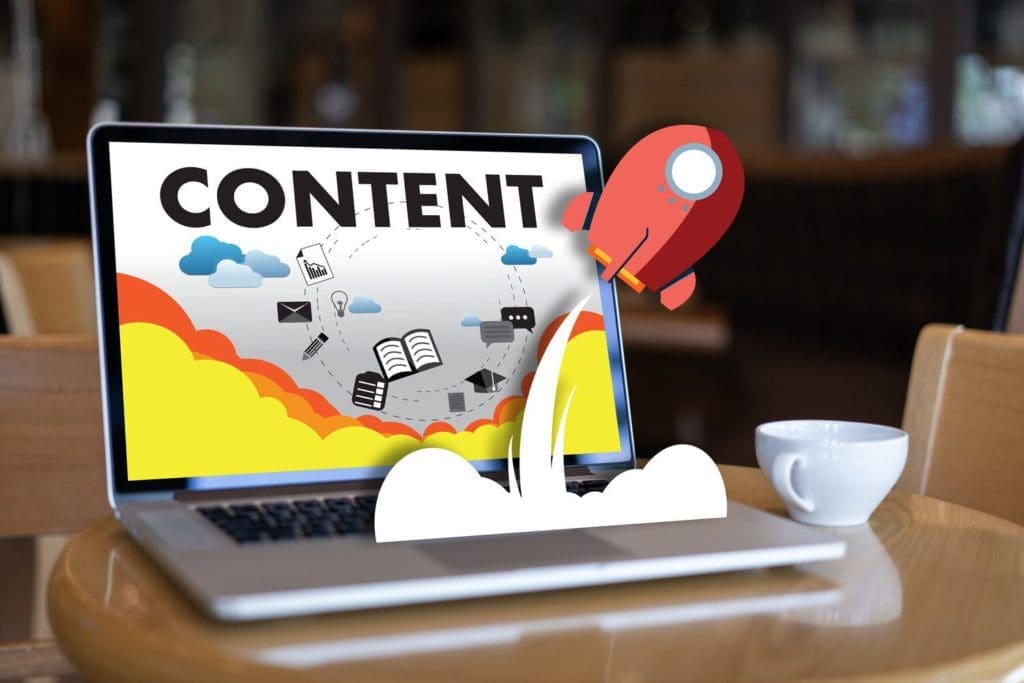Almost every single charity or voluntary organisation has some social media presence. The changing society has meant that digital services are now commonplace and people now expect to be able to access information in a different way than before. However, using LinkedIn for charities appears to be more of an afterthought than a general strategy.
Whether it is the perception that LinkedIn is more ‘stuffy and boring’ compared to the traditional engagement of Twitter, Facebook, Instagram and more recently TikTok, or simply a fact that companies have not explored the power of LinkedIn to it’s full potential, the majority of charities do not take advantage of these numerous benefits. LinkedIn has a unique position as an engaged platform for a professional audience. Consequently, it is very different to the other platforms mentioned. It is for these exact reasons why effectively using LinkedIn for charities should become a core aspect of a voluntary organisation’s social media and digital strategy.
LinkedIn for Charities: The Stats
The power of social media has massively engaged the voluntary sector. With the impact of Coronavirus still extremely fresh, every single penny is vital for non-profits. According to the Global NGO Technology report, 56% of NGOs worldwide have a LinkedIn page. Increasingly, there is a push towards paid advertising too, with 34% of nonprofits engaging in paid social adverts.
Although spending on adverts is sometimes frowned upon, this opportunity does seem worthwhile for non-profits. The Global Trends in Digital Report states that social media is the communication tool that inspires them most to donate. 29% of online donations are credited to social media activity.

The NGO report also reflects the impact of digital activity. 71% of nonprofits worldwide agree that social media is effective for online fundraising and exposure. Furthermore, Classy report that social media drives 57% of traffic to fundraising campaign pages for non-profits. Consequently, the potential returns on investment are extremely high.
LinkedIn for Charities: The Key Principles
The traditional view of LinkedIn is that it is a tool to sell products and services, and recruit staff. The platform is heavily B2B biased. LinkedIn’s own research reveals that 96% of UK B2B marketers use LinkedIn for content. A significant portion of their leads and new business come from harnessing the platform. For a charity, this offers great potential to communicate to an audience that are engaged with your charity’s mission or objective.
It also facilitates the fostering of partnerships between related companies and stakeholders. You can speak to the audience that are most interested in your charity’s aims and directly appeal to them to engage and donate to you. The user-base of LinkedIn is highly engaged in professional services, and also extremely open to networking. This means they are going to be used to, and expect relevant, interesting marketing campaigns. It is your charity’s job to ensure you sufficiently speak to the right people to encourage them to support your mission.
LinkedIn for Charities: Creating Content

LinkedIn for charities revolves around creating content that appeals to the right audience, at the right time. If you have updates on existing projects or examples of how you are fundraising or helping others, these can be extremely useful to give a personal aspect to your marketing. A lot of your website content can be reformulated to be suitable for LinkedIn, especially if you focus on the important details. Having a strong call to action to encourage users to find out more also helps to get the most out of the platform. This can either be direct donations, creating a mailing list, or directing traffic to the rest of your website.
Promoting Content
To ensure your content reaches the widest possible LinkedIn audience, there are several options for charities. Firstly, jumping onto current trending topics can engage you within wider conversations on the platform. However, it is important to keep perspective. Discourse around divisive and political issues may not have the desired outcome. Unless your charity has an extremely clear stance on certain events, it’s important to remain unbiased.
Secondly, you can build up a network amongst your own staff. By having this resource ready, you can quickly share new content with your contacts. This reduces the risk of spamming people unnecessarily. It also allows for a coordinated, focused campaign that doesn’t cost a penny.
If users do respond to your charity’s content, it’s important to reply swiftly and genuinely. People are more likely to respond favourably to a personal approach rather than something robotic or mechanical. This in turn helps to build up the human aspect of your charity
Paid Advertising and LinkedIn for Charities
Paid advertising is always a moot point for charities. Often, there is a risk-averse attitude. It’s perceived to be difficult to prove returns on investment due to social media activity. With budgets now tighter than ever, it’s the easy way to avoid taking risks. However, charities that are engaging in targeted paid marketing are increasingly unlocking new audiences to talk. LinkedIn for charities offers huge potential with even small outlays allowing small and medium charities to communicate with much larger audiences and potentially garner new followers, donations and supporters.

The most effective modes of advertising on LinkedIn are sponsored content, pay-per-click adverts and InMail. Whilst the former are very similar to other social media platforms, InMail is unique. It allows charities to curate a specific tailored message targeted to user inboxes. This means that you can directly appeal to the most relevant stakeholders and audiences with your mission. Again, this personal touch can’t be understated. Personalised InMails perform 20% better than mass messaging. Some additional tips for InMails include keeping them under 400 characters, and sending them on weekdays to maximise your engagement.
The Final Word
Savvy charities are already beginning to focus more on LinkedIn. With almost 30% of global NGOs posting at least once a week, the presence of voluntary organisations and not-for-profits is only set to increase further in the forthcoming. A robust digital strategy should account for paid and unpaid activity for LinkedIn for charities. Furthermore, it should bake in time to properly evaluate, and analyse campaigns to ensure they perform their best. If charities have a unique digital footprint on LinkedIn, they are setting themselves up well for success in the long and short term.
For more advice on how LinkedIn post promotion and advertising, as well as on general strategy for LinkedIn for charities, contact Boss Digital today.




